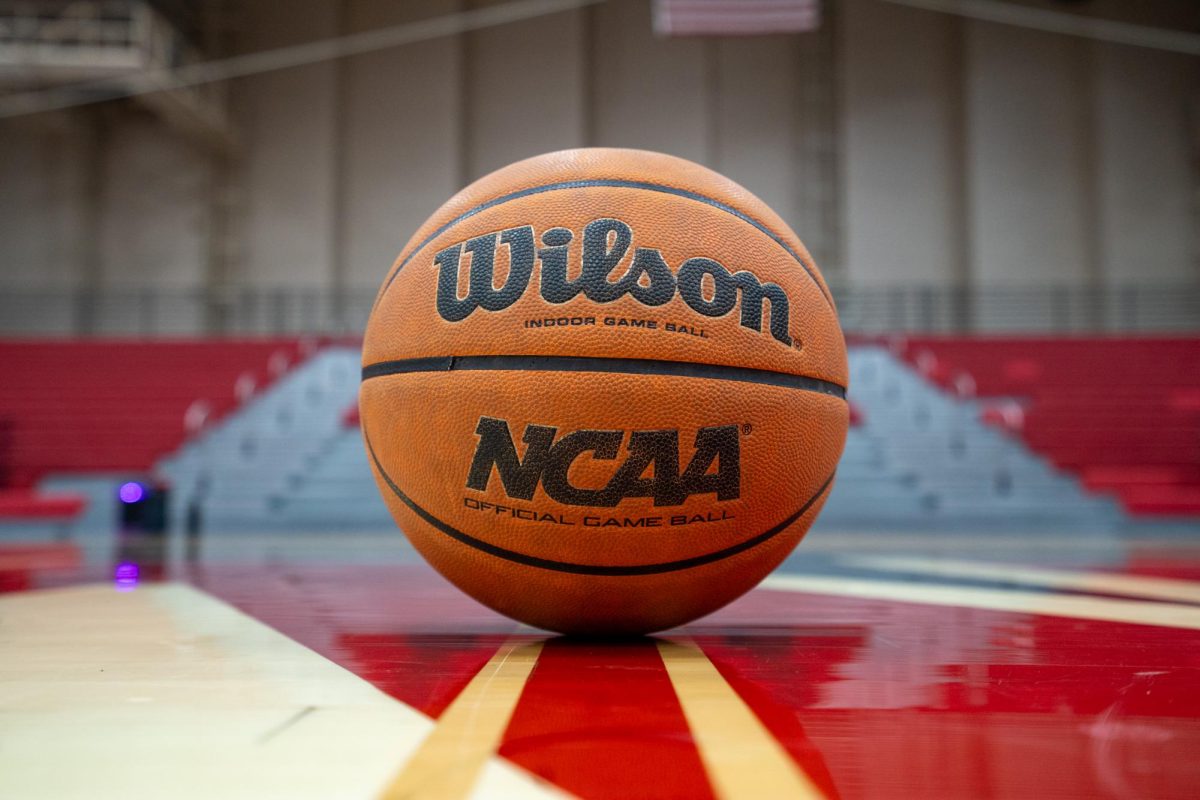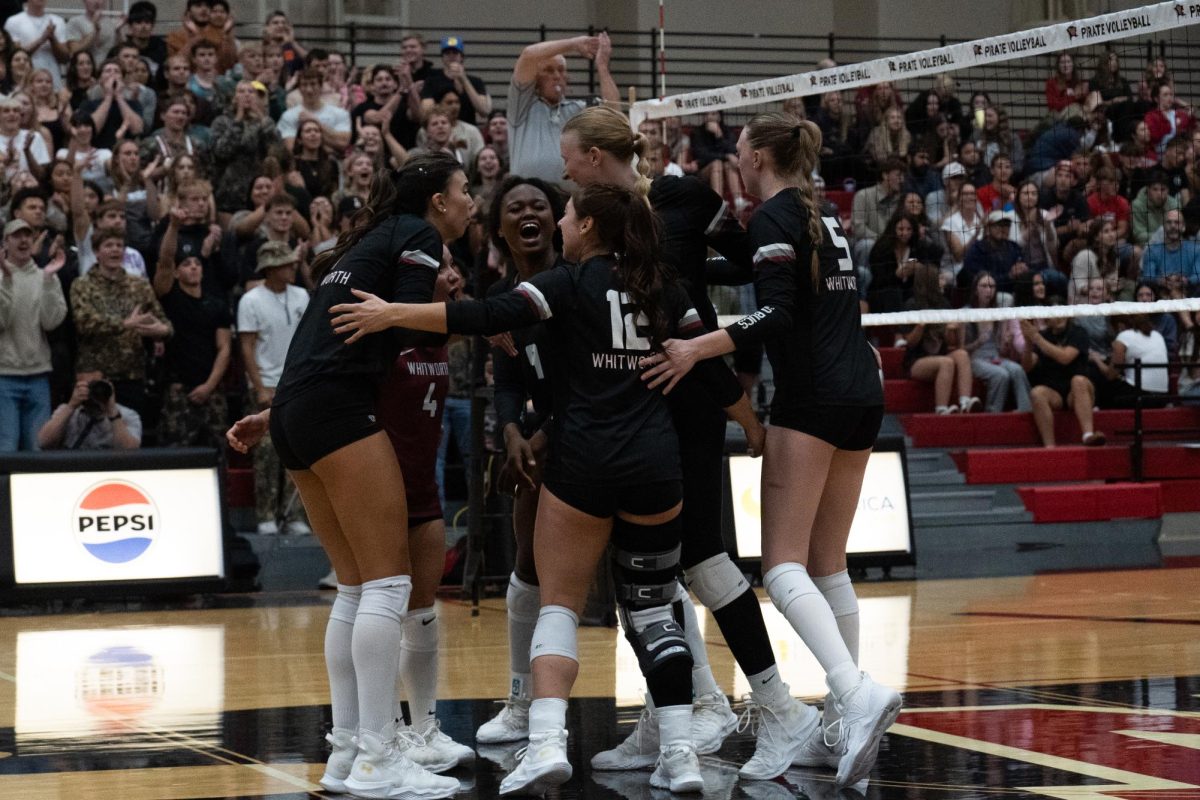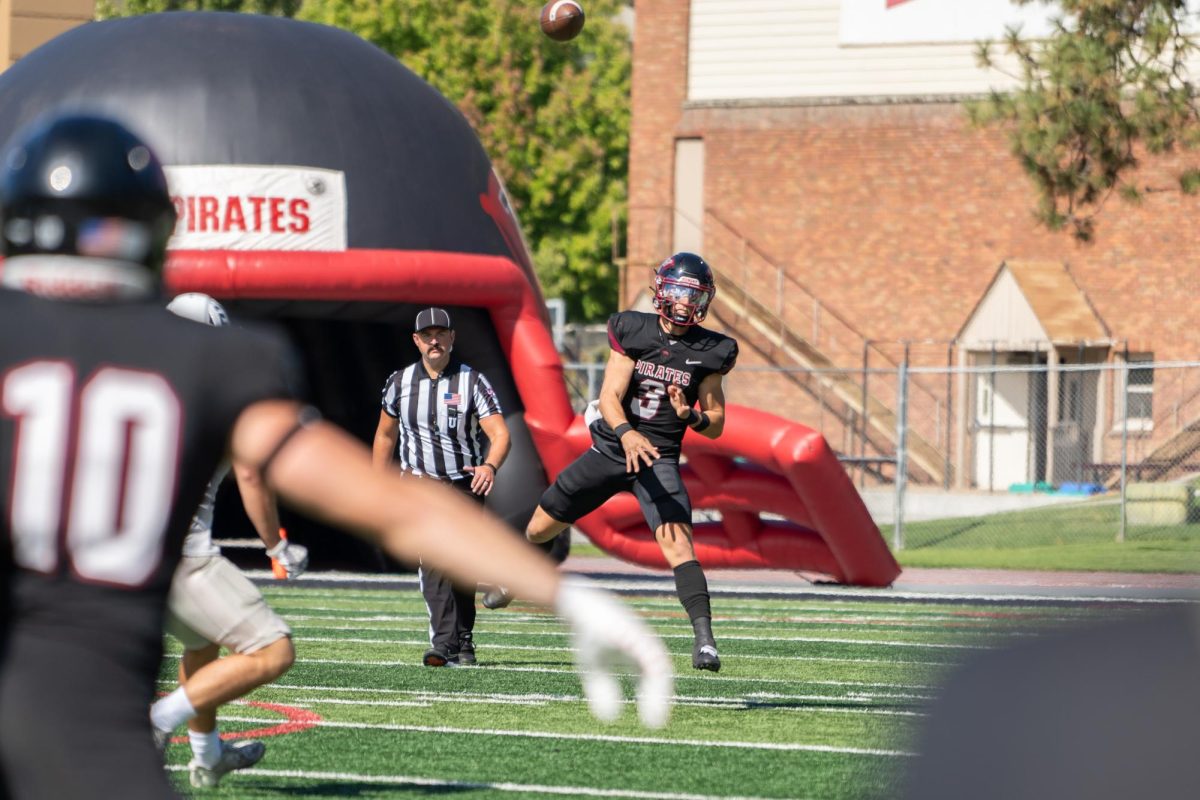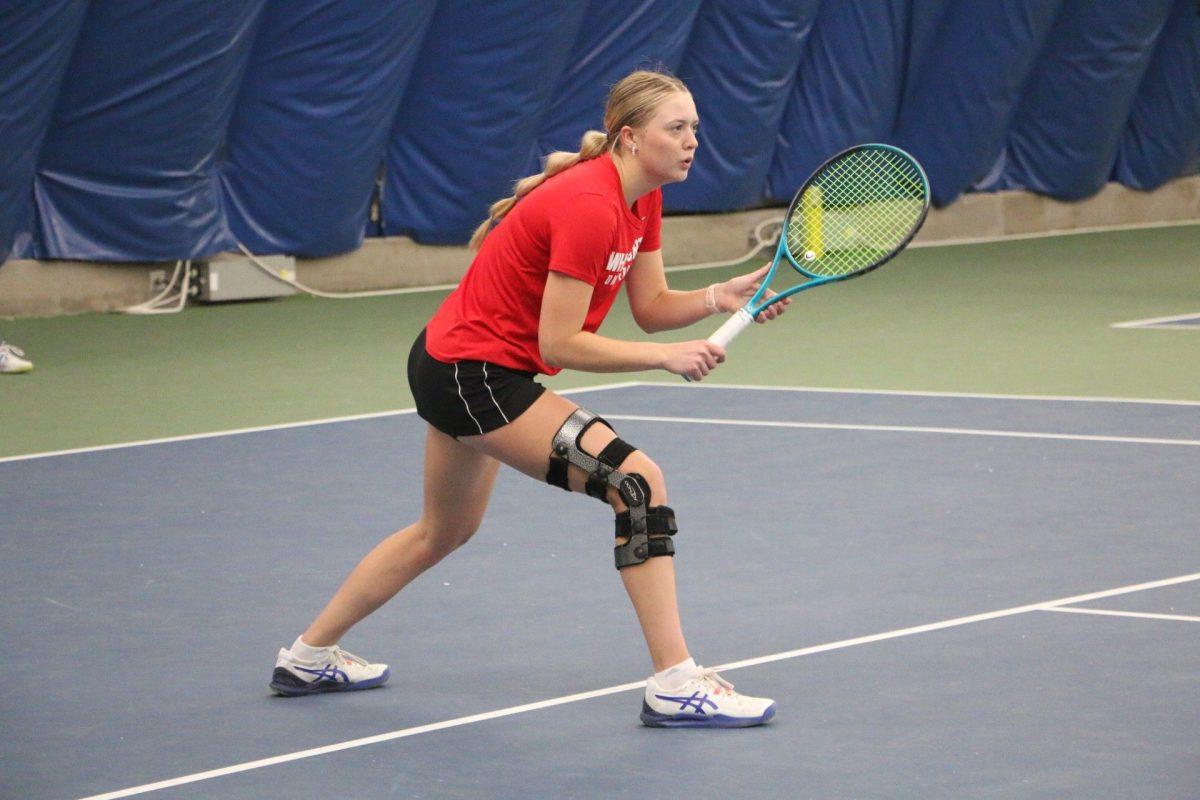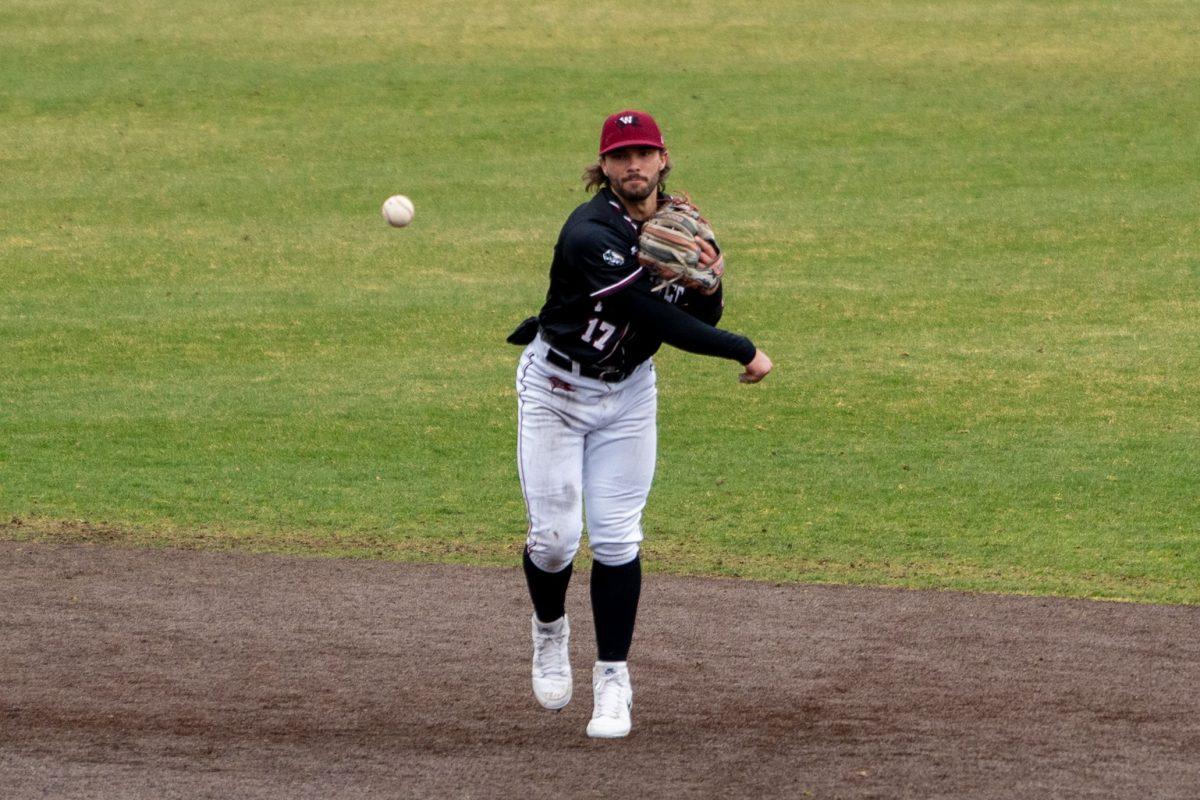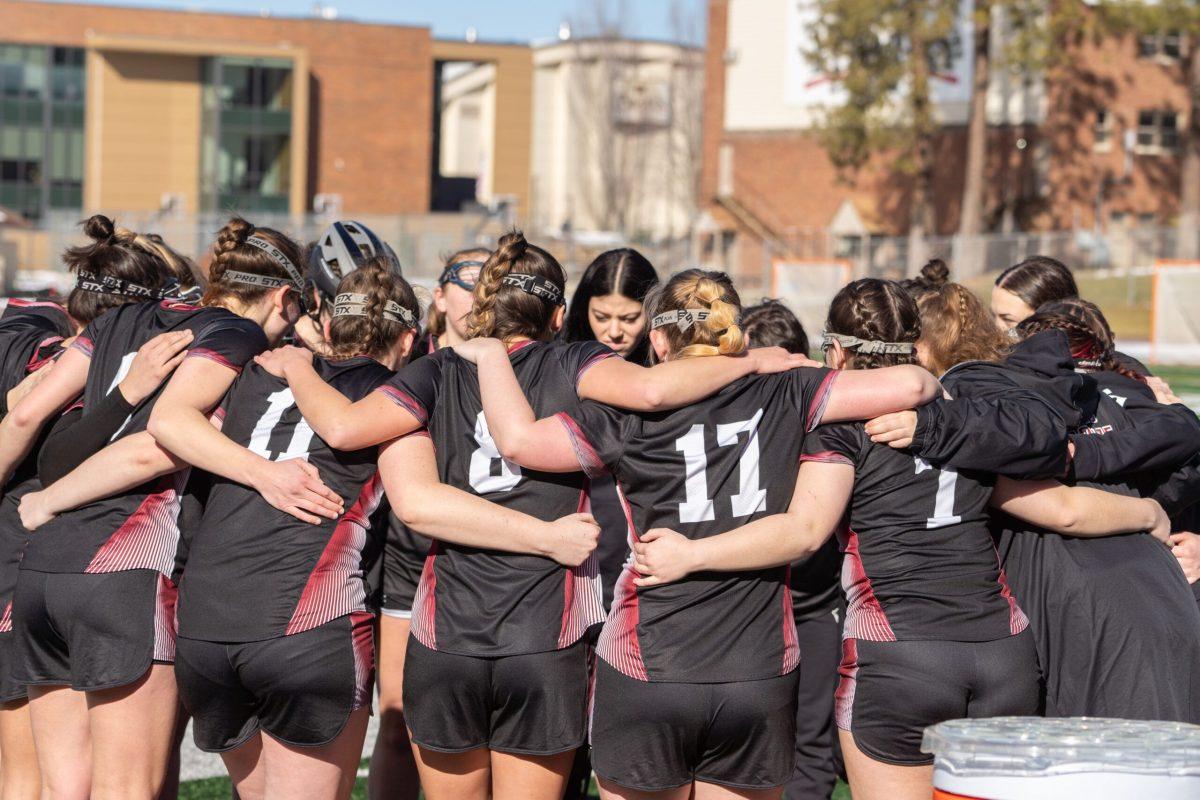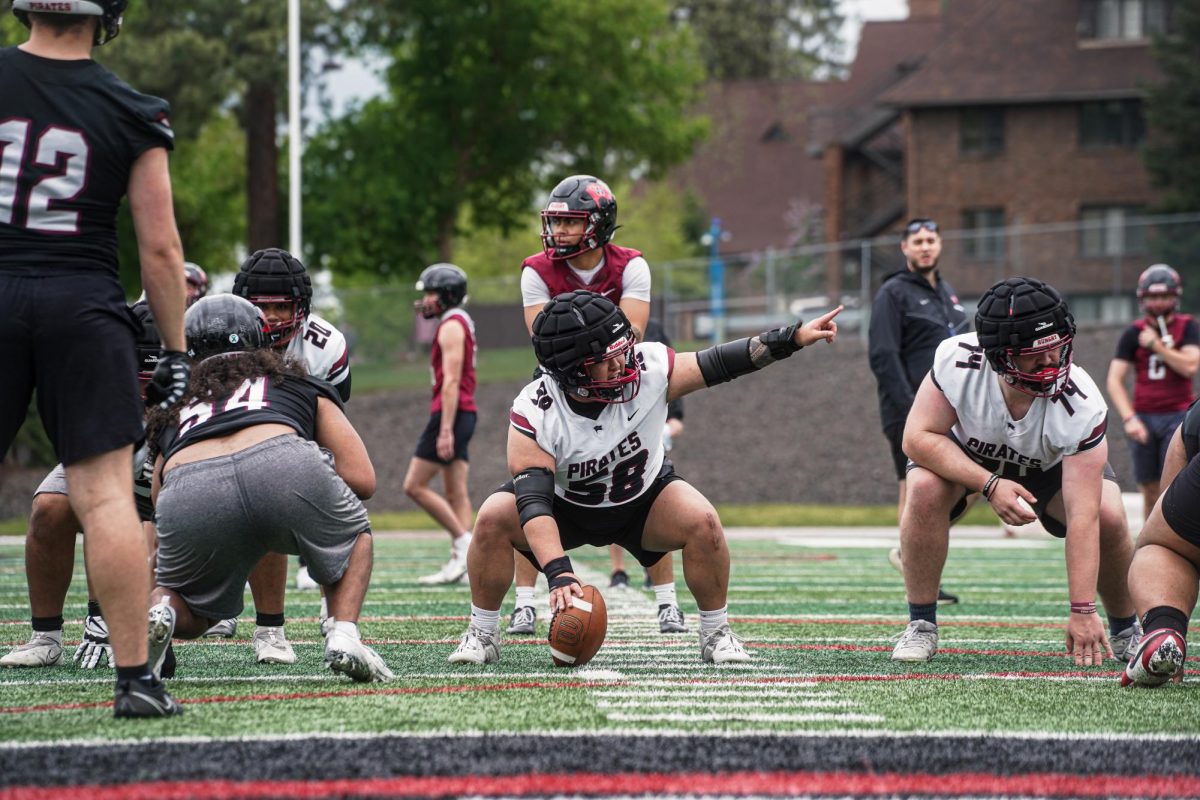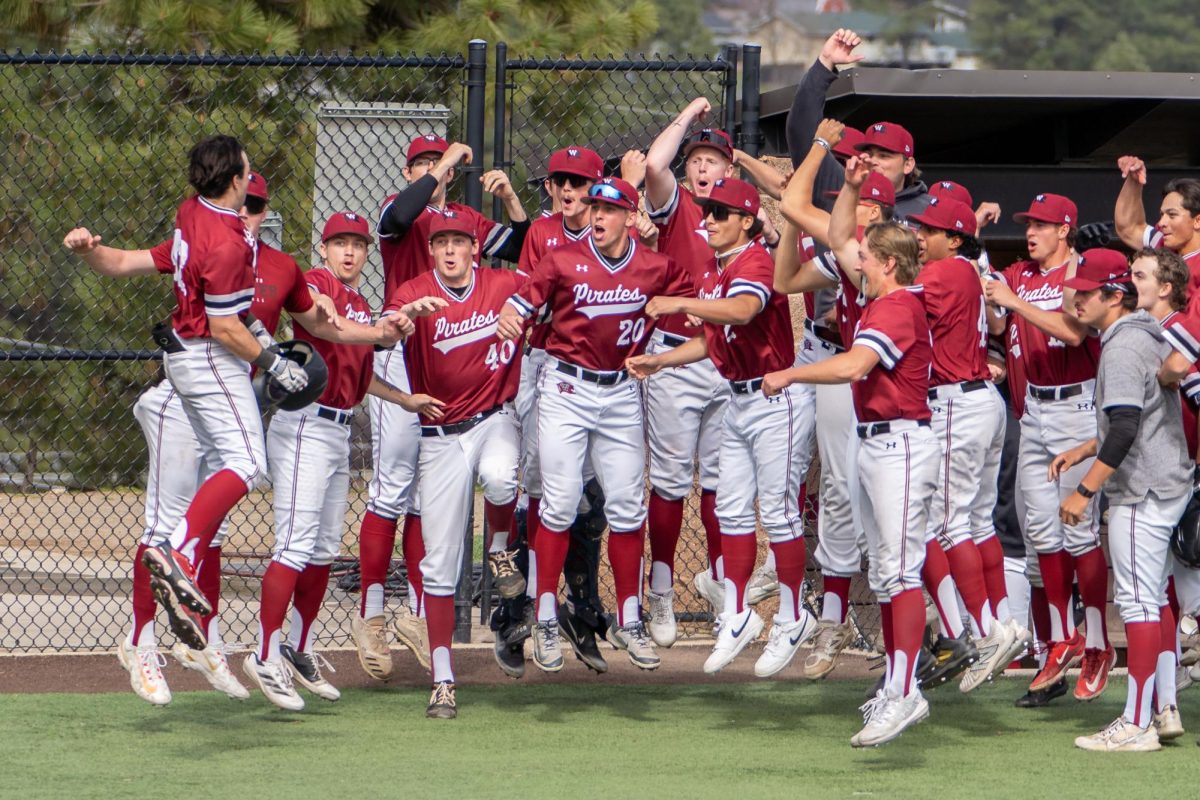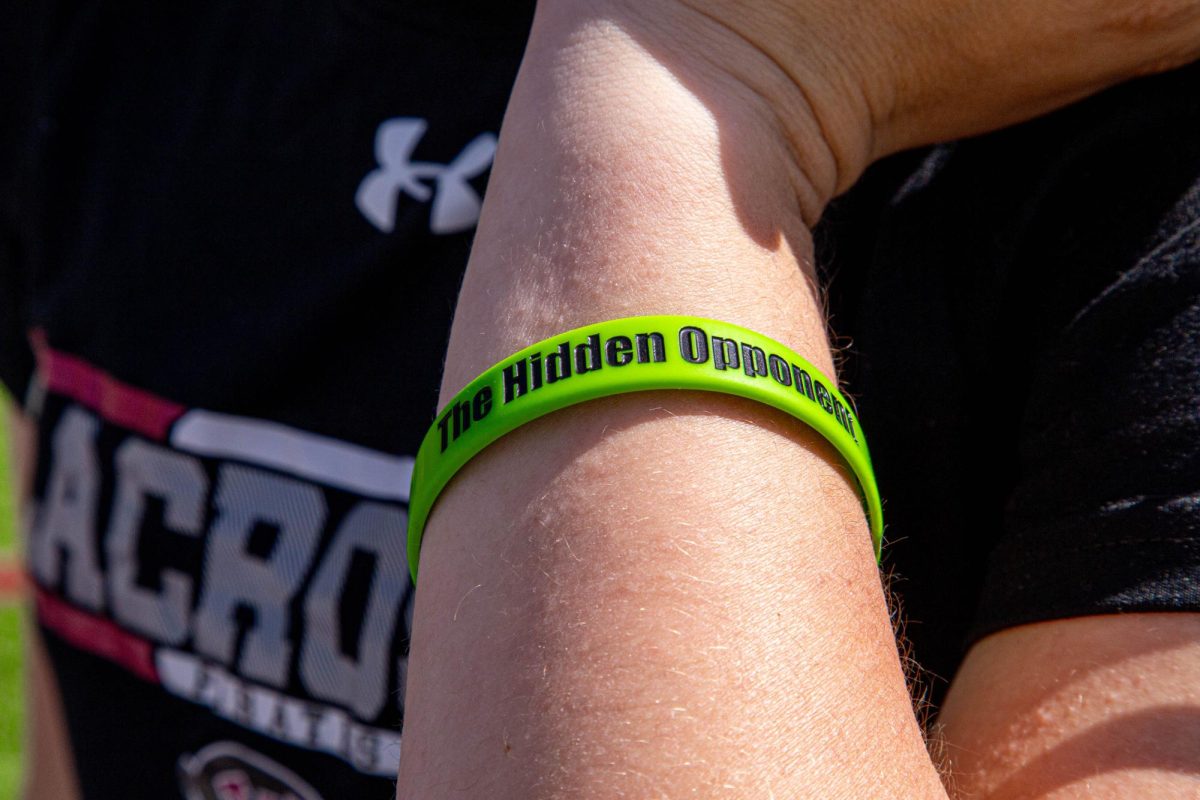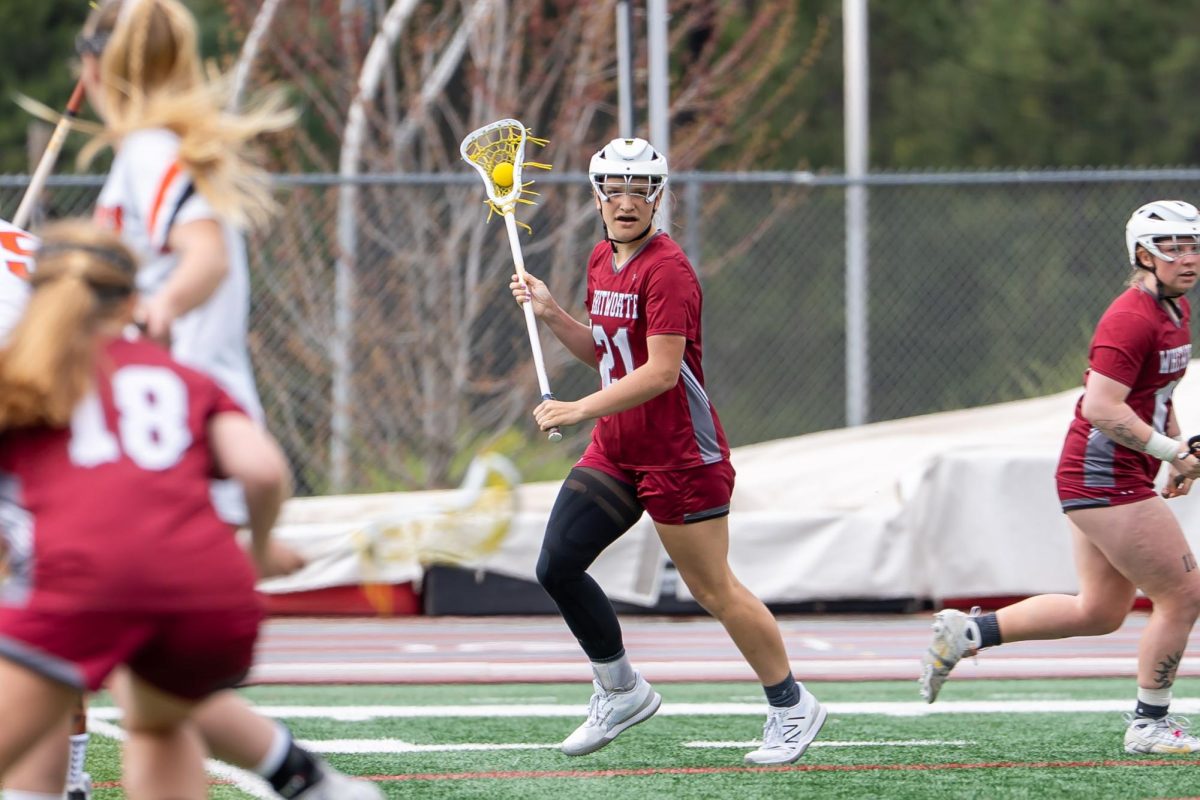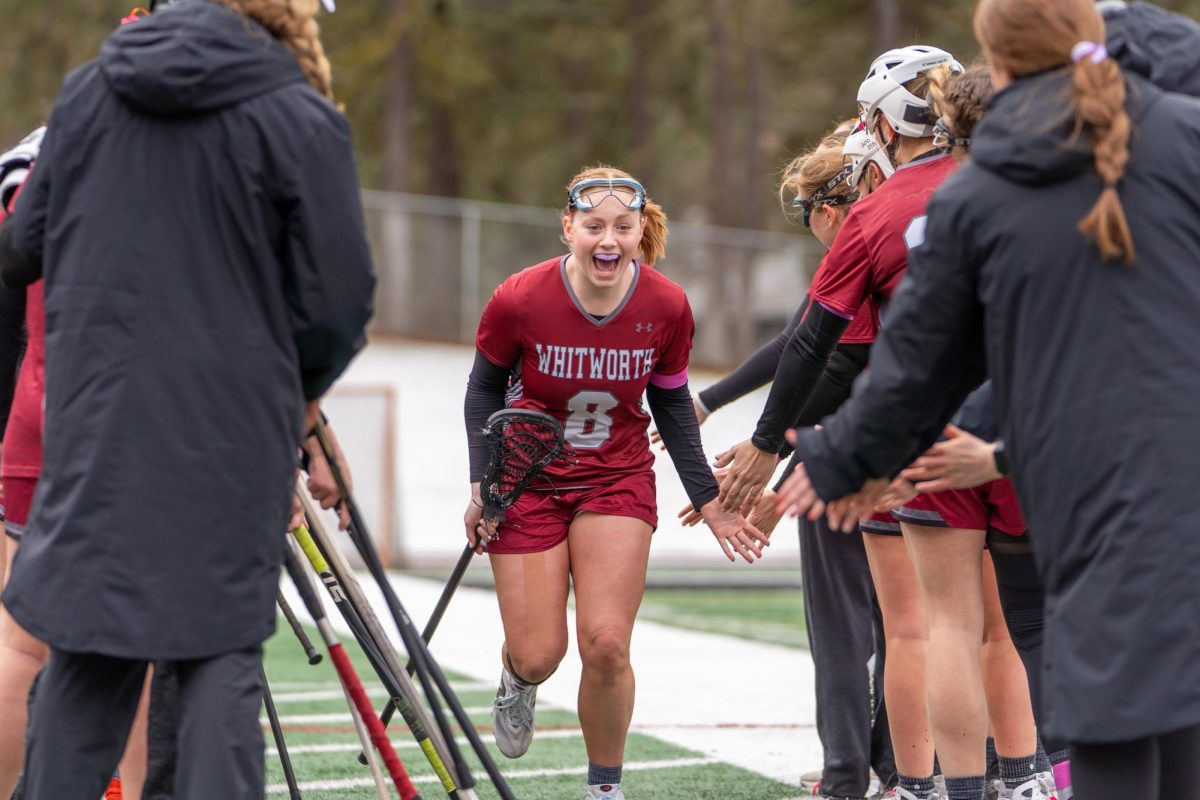There’s no question that men’s sports have a much larger fan base than women’s sports. In the National Basketball Association (NBA), for example, the 23-24 regular season averaged 1.6 million viewers per game while the Women’s National Basketball Association (WNBA) averaged only 1.19 million viewers, which is their record high, according to NBA/WNBA statistics. Of course, there are a lot of different factors that contribute to that difference, such as revenue, media coverage, success and excitement. We see this difference of support levels at the pro level when it comes to sports, but we also see it across all divisions of college athletics and even high school.
At Whitworth, sports teams see that same difference when you compare the amount of attendance to men’s and women’s teams. However, deeper investigations suggest that rather than gender bias, this level of difference is attributed to the success levels of each team, as well as timing.
A junior, Cody Wheeler, who is the spirit coordinator for the Whitworth Student-Athlete Advisory Committee (SAAC), has observed a difference in crowd support, not only between men’s and women’s teams, but also between other sports in general. There are a lot of factors that play into the level of fan attendance at sporting events, but Wheeler explained that the biggest factors are the popularity of a team, the amount of success that they have and when the games are played.
At Whitworth, the basketball games are typically back-to-back, with men playing first and women playing second. For college students with busy schedules, it can be hard to commit to showing up for two full basketball games in one night. Wheeler said, “A lot of the games are back-to-back, so you kind of have to choose because you don’t want to be there for four hours. And so, a lot of people choose the men’s games.”
Wheeler stated, “[Students] want to go to games that they know they’re going to win.” With the men seeing more success over the past years in the Northwest Conference (NWC) compared to the women, students know that the men’s team has a higher chance of winning, so if they can only watch one game, they will choose the men’s team. From past statistics, which can be found on the Whitworth Athletics website, the men’s basketball team had a total attendance of 10,610 people in their 2024-25 season and 10,636 people in their 2023-24 season where they saw great success, while the women had total attendances of 2,258 people in their 2024-25 season and 2,078 people in their 2023-24 seasons where they didn’t see as much success.
While one could argue that there is a gender bias when it comes to crowd support, if you look at other teams at Whitworth that have a men’s and women’s team, like soccer, for example, one could see that crowd support plays off success rather than gender.
When comparing the men’s and women’s soccer teams, statistics showed that over the last three years, the team that did better in the NWC had a larger season fan attendance. In the 2024 season, the women’s team finished third and had 1,519 total fans, while the men’s team finished fourth and had 1,188 total fans. In the 2023 season, the women finished fourth and had 1,915 total fans, while the men finished second and had 2,027 total fans. In the 2022 season, the women finished fourth and had 976 fans, while the men finished fifth and also had 976 total fans.
Every athlete understands the struggle of not having a strong fan base or crowd support when performing. However, Whitworth SAAC has been creating ways for student athletes to feel supported by their fellow classmates. Wheeler and his team have created designated student sections at sporting events where students can show their spirit, especially at important senior nights and rivalry games. They have also provided incentives for students to come with free food and drinks.
Some sports teams at Whitworth are more popular than others and naturally draw more fans, which creates that inequality. Luckily, that inequality is recognized, and groups like the SAAC are always trying to find ways to bring more fans to different sporting events.

